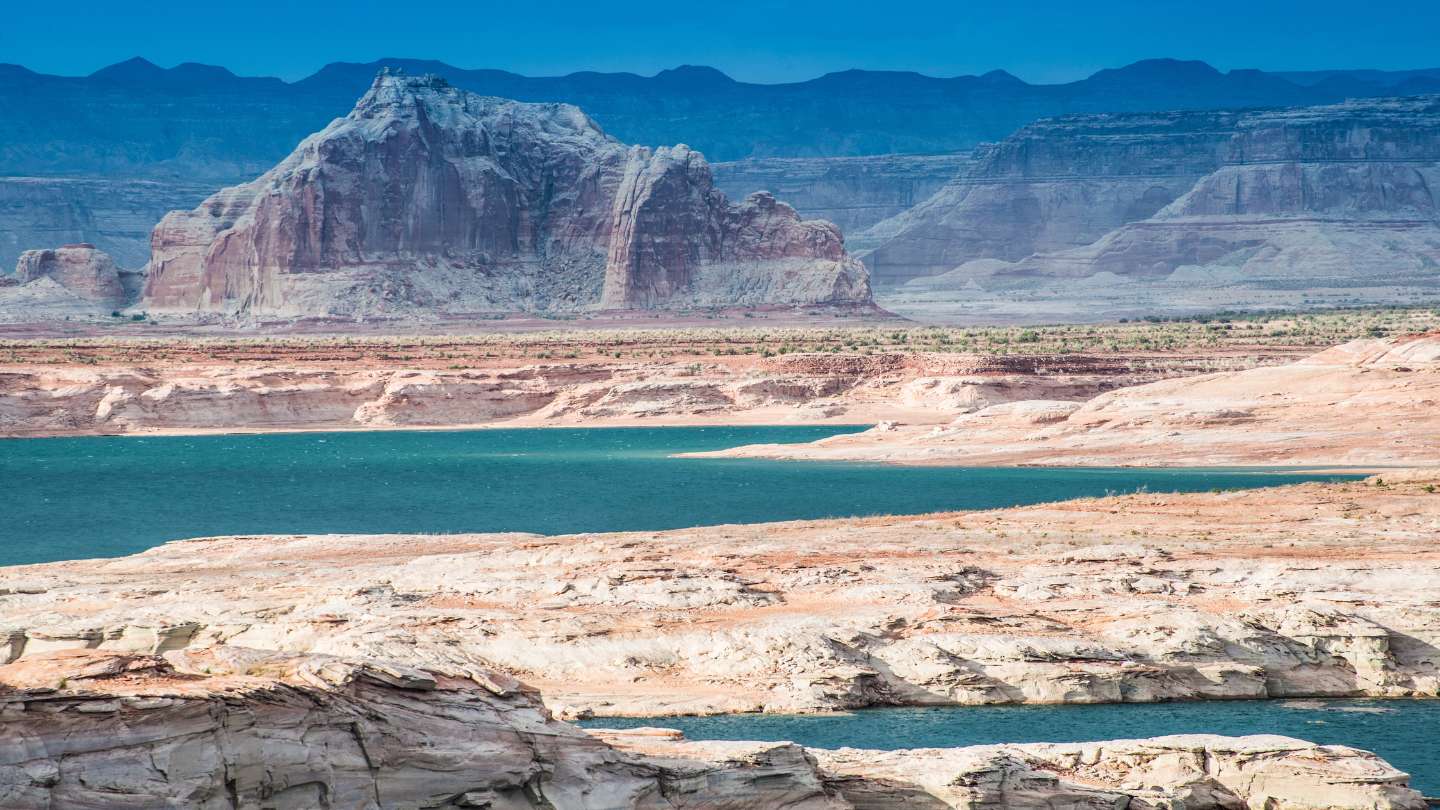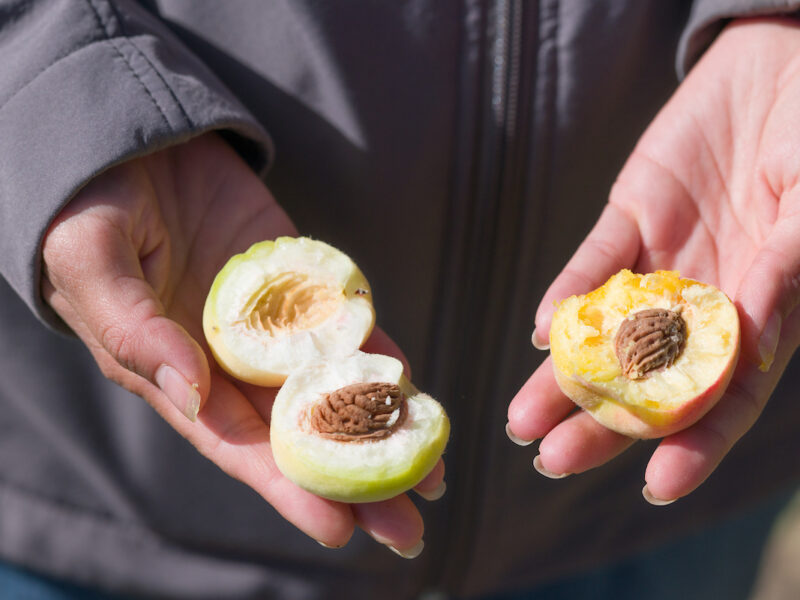Water Weekly: Developing new operating guidelines for Lake Powell and Lake Mead is a “monumentally important task”
The process of developing new rules for how the Colorado River works officially began last week, and tribes want a bigger role in determining those rules than they have ever had.
Interior Department Initiates Process to Protect the Colorado River
And so we begin. The road to new guidelines for the operation of federal infrastructure (most importantly, Hoover and Glen Canyon Dams) began on June 16th, with an innocuous Notice of Intent filed on the Federal Register. The process begins with a public comment opportunity, through August 15th, on the scope of guideline development: the Bureau of Reclamation requests the public to consider the past 15 years of operating experience since adoption of the 2007 Interim Guidelines and suggest what should be retained, modified or eliminated. They are also asking for public guidance on how the agency can best use available science to inform the guidelines, given the highly variable and shifting hydrology of the region. There will be three virtual public meetings during which Reclamation will provide information and hear oral comments. The meetings are:
Monday, July 17, 2023, 1pm to 2pm (MDT) – Register
Tuesday, July 18, 2023, 10am to 11am (MDT) – Register
Monday, July 24, 2023, 6pm to 7pm (MDT) – Register
This process is separate from the Supplemental EIS that is still under development by BoR, and the related deal to conserve 3 million acre-feet of water announced by California, Nevada and Arizona last month, for drought-related adjustments to operations under the current guidelines, i.e. between now and 2026.
In a related story, LA Times water reporter Ian James spoke to tribal leaders from many of the 30 Colorado River tribes who say they want a commitment from state and federal authorities to include them in negotiations now. Gila River Indian Tribe Governor Stephen Roe Lewis told James that he and other tribal leaders want the federal government to include representatives of the 30 tribes whenever they convene a meeting with all seven states. “It’s no longer acceptable for the U.S. to meet with seven basin states separately, and then come to basin tribes, after the fact,” Lewis said at a conference in Boulder last week.
One rancher’s approach to drought? Plant more trees
In this informative story from the Durango Herald, we get an in depth look at one of the projects that was awarded one of the first Field Work grants by the LOR Foundation. We meet Marikay Shellman and her daughter Megan Shellman-Rickard, on their 40-acre farm, Magpie Acres, near Bayfield, Colorado. Herald staff writer Reuben Schafir writes, “Magpie Acres had 33 cattle grazing the property last year – too many for her land, she said – that were owned by a business partner. Shellman and her daughter recognize the value that cattle add to her land, and the value that trees can add to their grazing.” Shellman is hoping that converting the pastures to silvopastures, with Scotch Pine and other varieties providing shade and wind breaks but widely spaced enough for native grasses to grow and cattle to graze, will ultimately save water. By lowering the temperature on the pasture, both the grass and the cows will need less water to grow. “It’s a multilevel, multifaceted regenerative ranch experiment,” Shellman said.
Sarah King takes us to her home ranch in one of the driest places in the West
She shares how she and her neighbors have been working to heal the Altar Valley watershed, and why that’s so critical for the health of the community.





